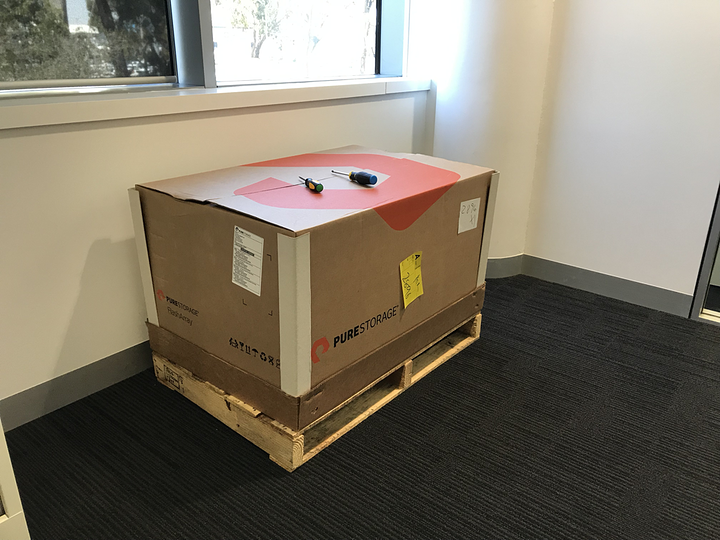Before I got my first SSD I did extensive research on the matter. It feels like you didn’t read my post fully.
While there is variance between every SSD, sooner or later you will reach the write limit if you intend to keep SSDs as long as a good amount of ppl keep their HDDs.
There is a reason why SLC und only marginally MLC is used in enterprise SSDs where data has to be written constantly, SLC has the best write-cycles available.
As said in my other post lithography also plays a role in diminishing write-cycles the lower the process is (nm) the less there are (write-cycles), simply because of for example physics (ex. jumping bits due to close proximity to the other cells and electricty activating other cells). This also plays a role in the higher count bit cells just becuase they need more power to activate when writing. Stacked NAND is the next thing where it goes down a bit, for simliar reasons.
And sure in the end those are only “bit cells” and one or some of them dying isn’t that much of a problem because of over-provisioning and reserve but the cells are increasing in bits (TLC, QLC) which means more parts die out faster.
Also if we’re talking about failing components before reaching those limits, then the controller on an SSD would be the first. And those are also a reason to not ever be able to get the data back from and SSD after a crash, only the controller knows where a specific piece of data is for a files because of wear-leveling distribution for example.
Data having to be written only increases and not the opposite, sadly.
If we are never supposed to reach those limits, why do things like over-provisioning, wear-leveling, ECC, reserve cells and so on even exist?
Also NAND likes it warm and cozy while the controller doesn’t, can’t really cool the one thing and keep the other warm  .
.
I’m not saying HDDs are in any waay better than SSDs nor the opposite, just that flaws exist in every medium and you should know those limits and not think “I/You will never reach those limits, nothing to worry about”, that is dangrous thinking if you care about your data.
Edit: That escalated quickly 
 .
.
 mostly old games and plotter software on it.
mostly old games and plotter software on it.
